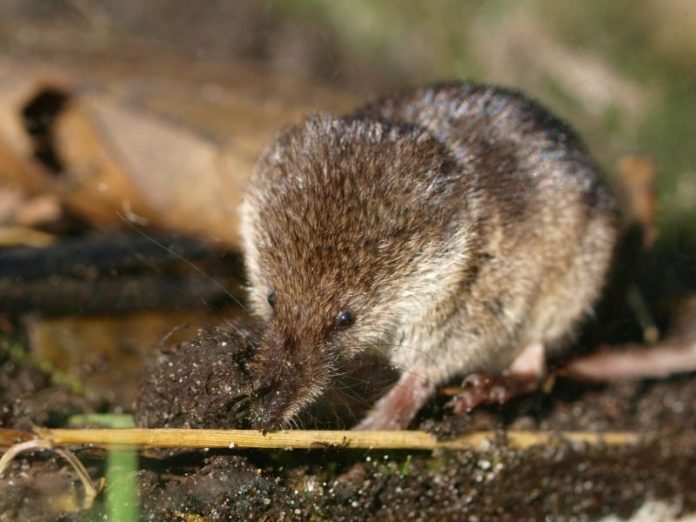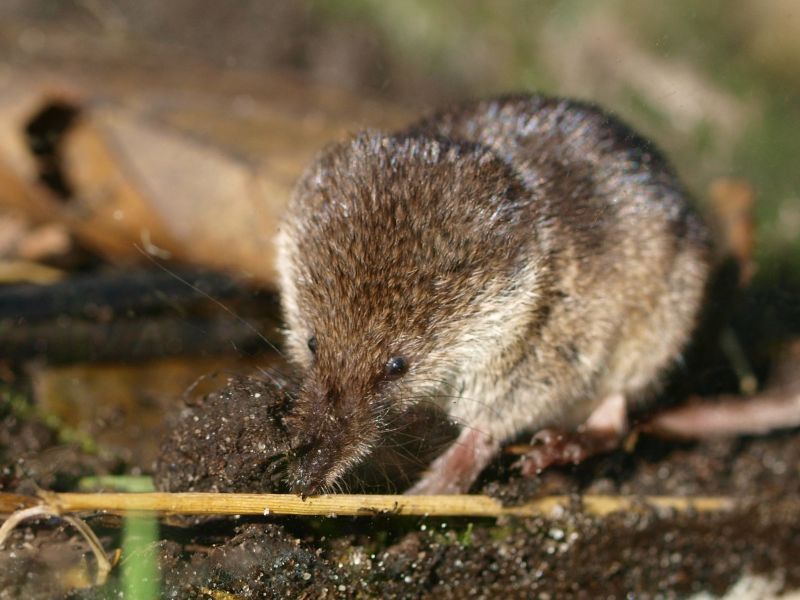
As you saunter through the verdant woods or explore the mysterious depths of the ocean, you might find yourself in the presence of creatures both minuscule and mammoth. The shrew, scampering in the underbrush, and the blue whale, submerged in the vast sea, might seem worlds apart.

However, these two animals share an aspect of biology that is not only vital but also astoundingly versatile: their hearts. These tiny and colossal creatures encapsulate the wonder of animal life, as their hearts beat the rhythm of their existence in ways that defy imagination.
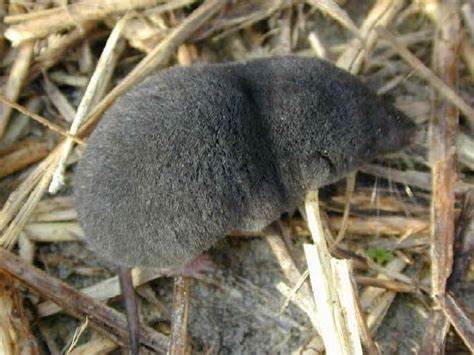
Shrews are tiny mammals that inhabit woodlands across five continents, and despite their diminutive size, they are insatiable predators with extraordinary adaptations for survival.
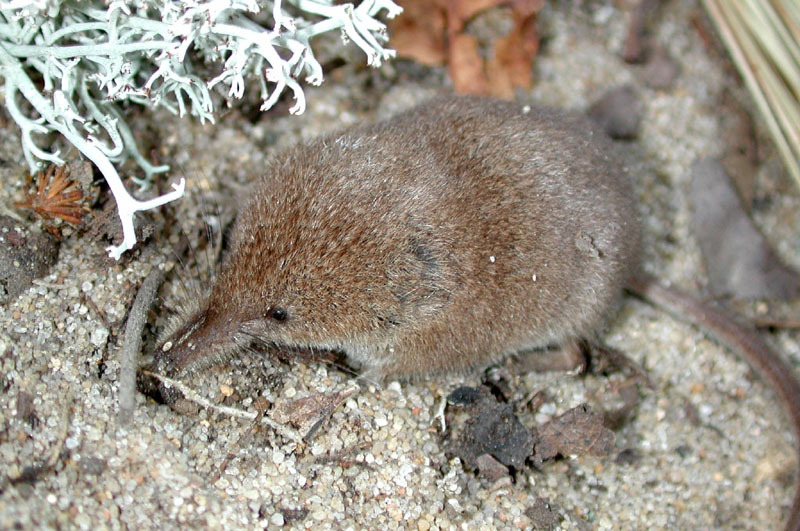
A walk in the British woodlands or the eastern United States might reveal the presence of the northern short-tailed shrew, the most common mammal in these regions, with a population running into the millions.

The shrew’s heartbeat is a marvel, pounding away at 800 to 1,000 times per minute, and in the case of the Etruscan shrew, it can ramp up to a staggering 1,500 beats per minute.
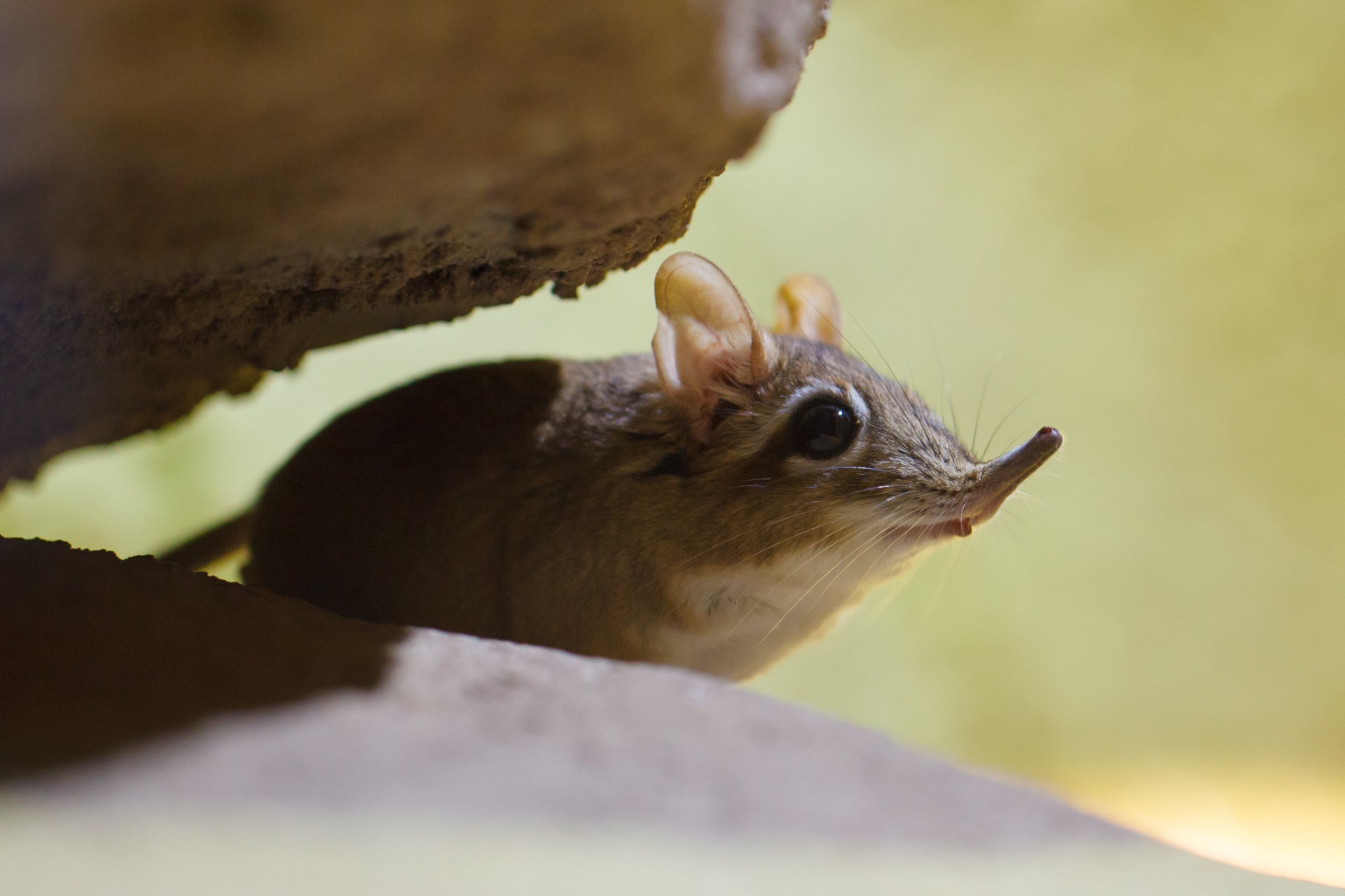
The high metabolism of shrews drives them into a life of perpetual motion and insatiable hunger, forcing them to consume an amount equivalent to their body weight each day.
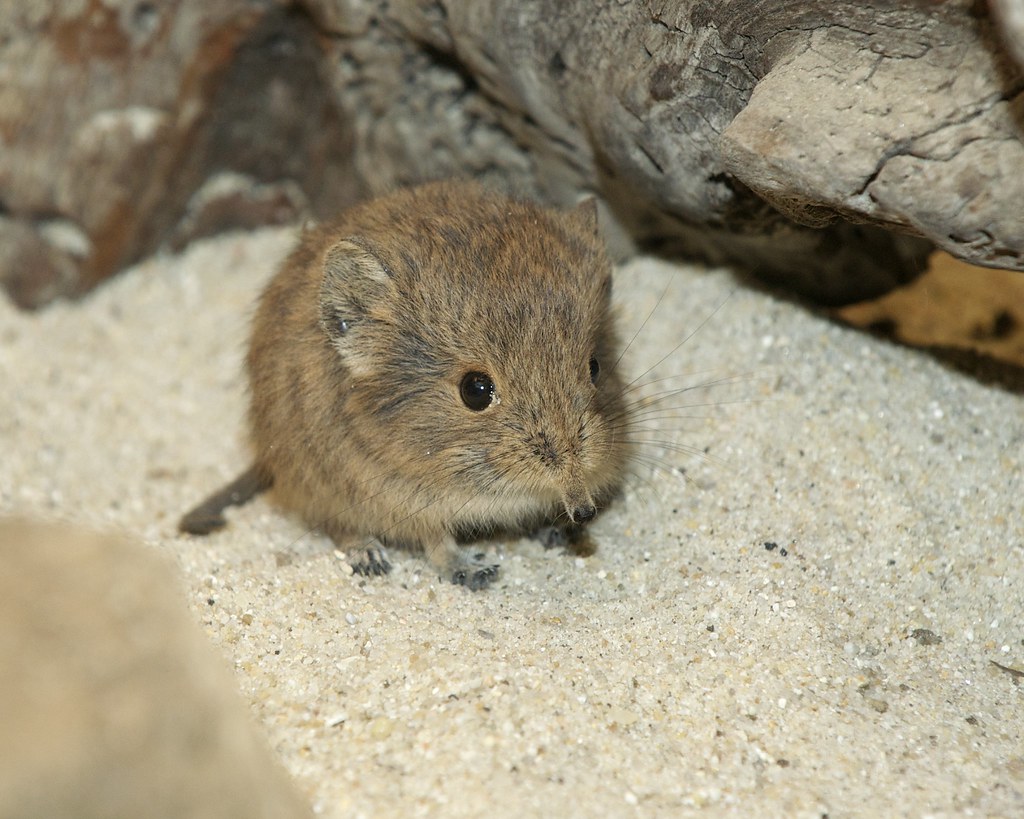
To locate their prey, shrews employ their highly sensitive whiskers, vibrating them to detect and precision-strike their targets. Some shrews wield venom powerful enough to immobilize prey much larger than themselves, an adaptation they use for ‘live hoarding’ – storing paralyzed victims for later consumption.
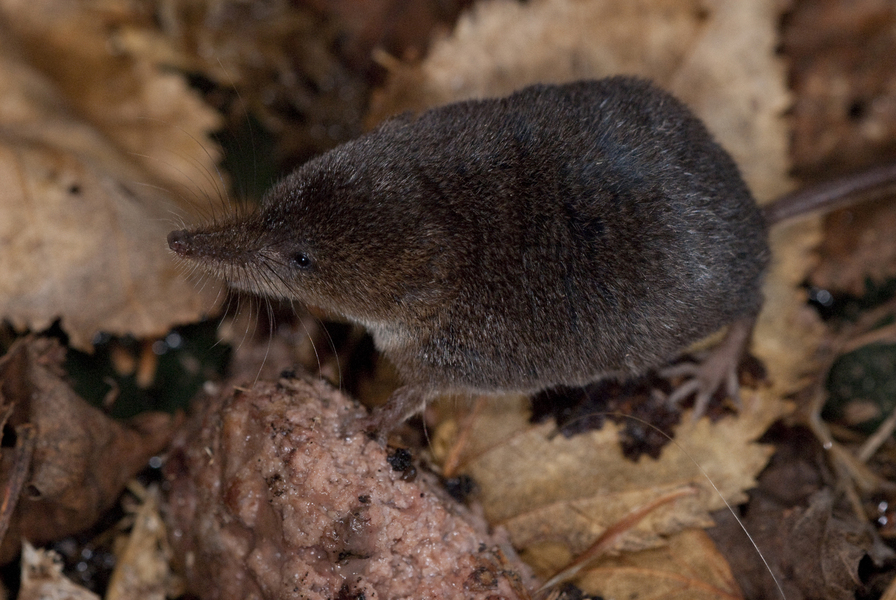
Such predatory prowess might seem to put shrews at the top of the food chain, yet they too are prey. However, they do have one more trick up their sleeves.
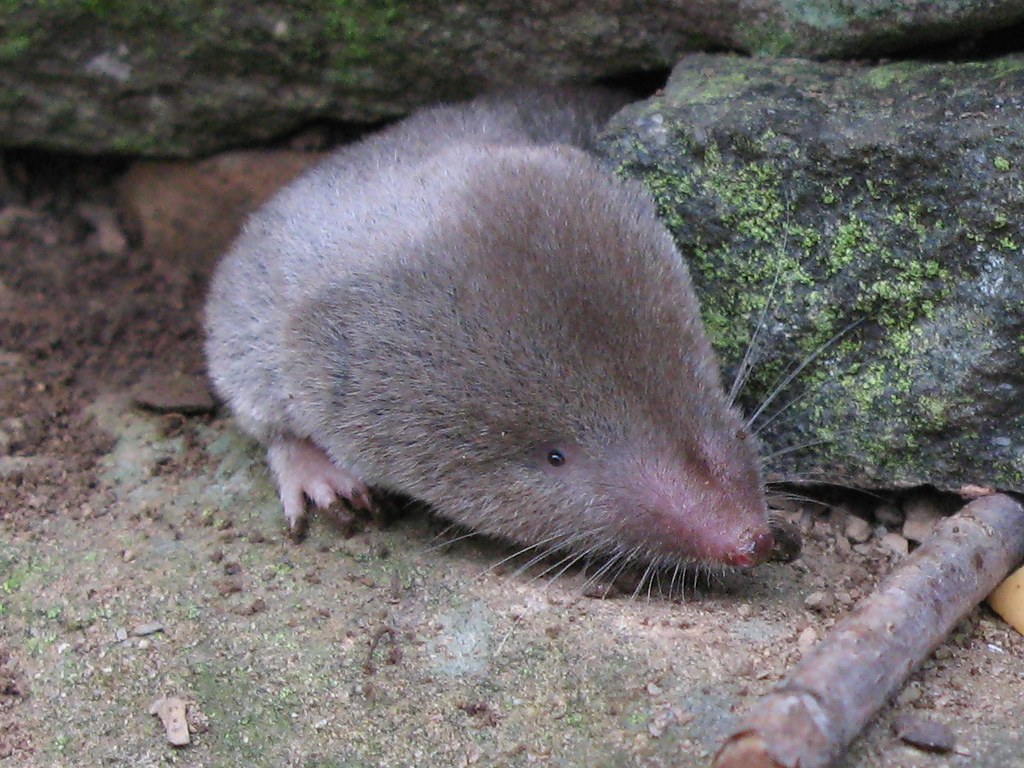
Their musk discourages many would-be predators, although owls and snakes are undeterred, and even a trout was found with 19 shrews in its stomach, a testament to the shrew’s role in the larger ecosystem.

On the other end of the spectrum is the blue whale, the largest animal to have ever lived. Researchers have marveled at the whale’s enormous heart, which beats just two to eight times per minute and can accelerate to 37 beats per minute when the whale surfaces.

The blue whale’s heart, much like its tiny counterpart in the shrew, is a paragon of biological engineering, allowing these behemoths to dive deep into the ocean’s depths to feed on krill before surfacing to expel carbon dioxide and replenish oxygen.
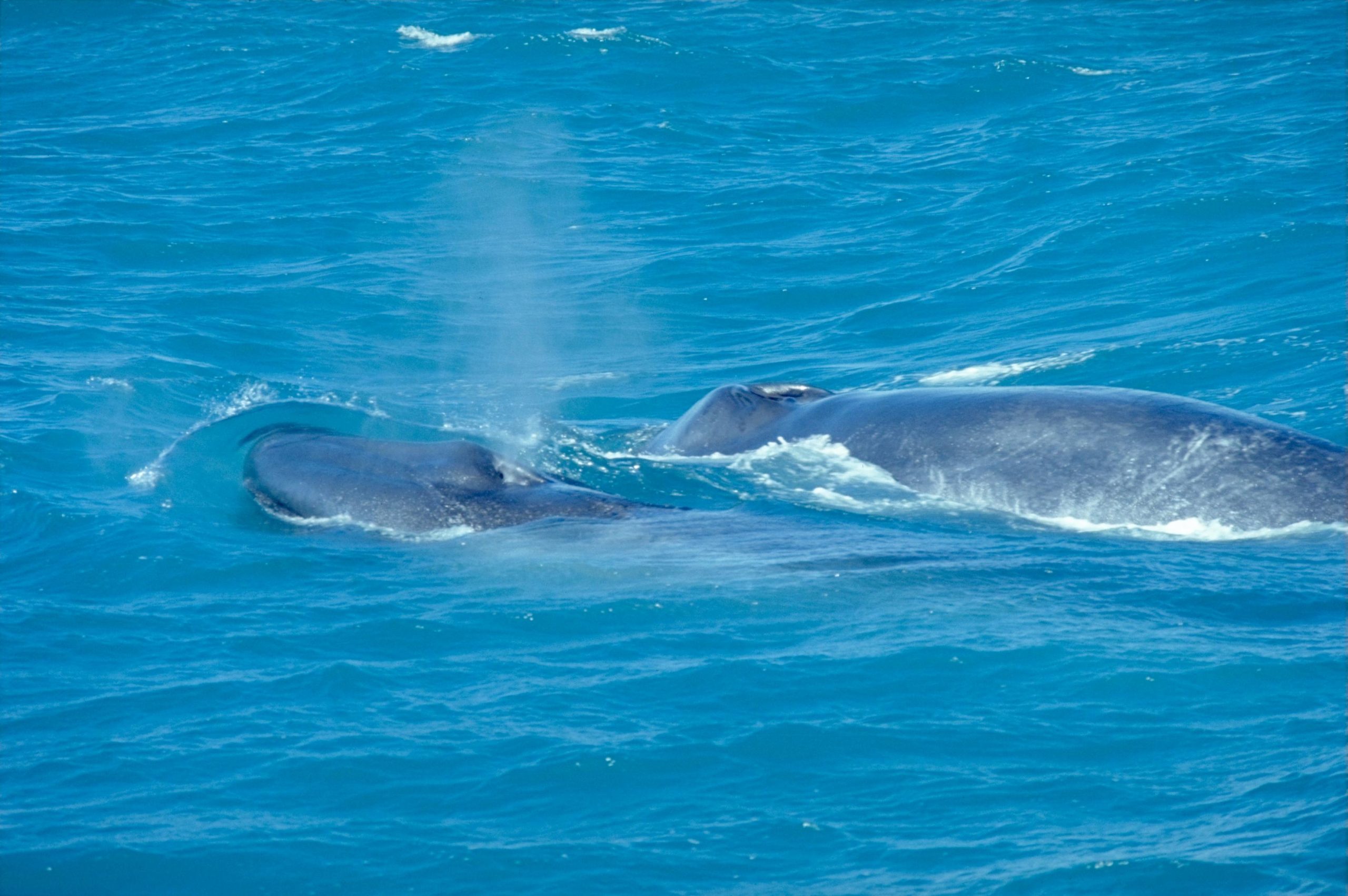
The study of the blue whale’s heart rate has uncovered intriguing insights into the limitations of animal size on Earth. It appears that heart size might constrain how large an animal can grow, with blue whales’ hearts operating near peak performance levels when they surface.

This suggests that their current size is near the maximum sustainable by their physiology, making them not just the largest animals alive but potentially the largest that could ever live.These investigations into the hearts of both shrews and whales have far-reaching implications.
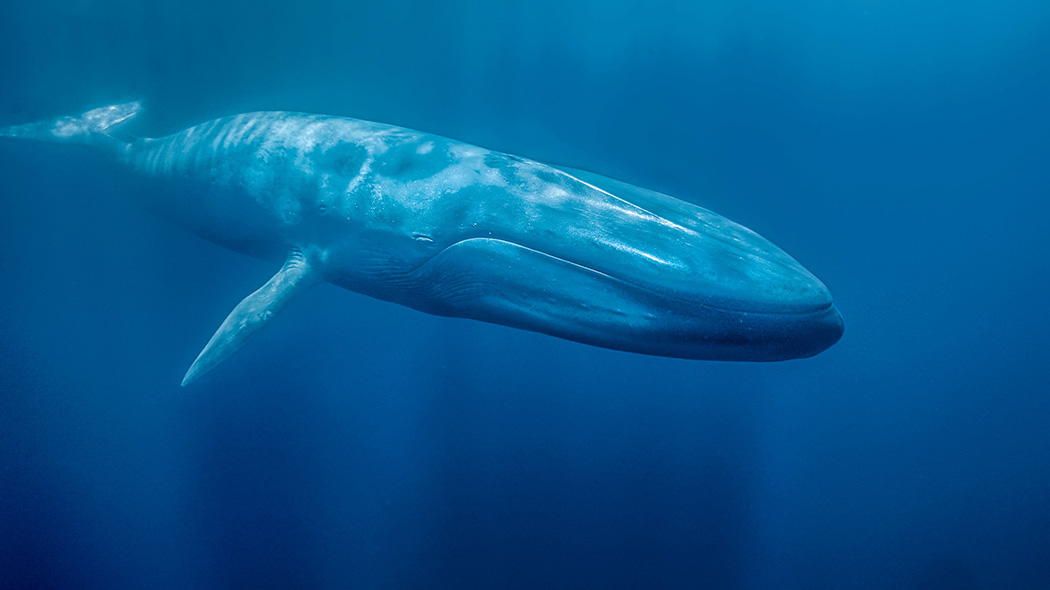
For instance, understanding the regenerative properties of zebrafish hearts could pioneer treatments for human heart conditions, and the diving adaptations of seals and emperor penguins are shedding light on the remarkable mechanisms of oxygen conservation.
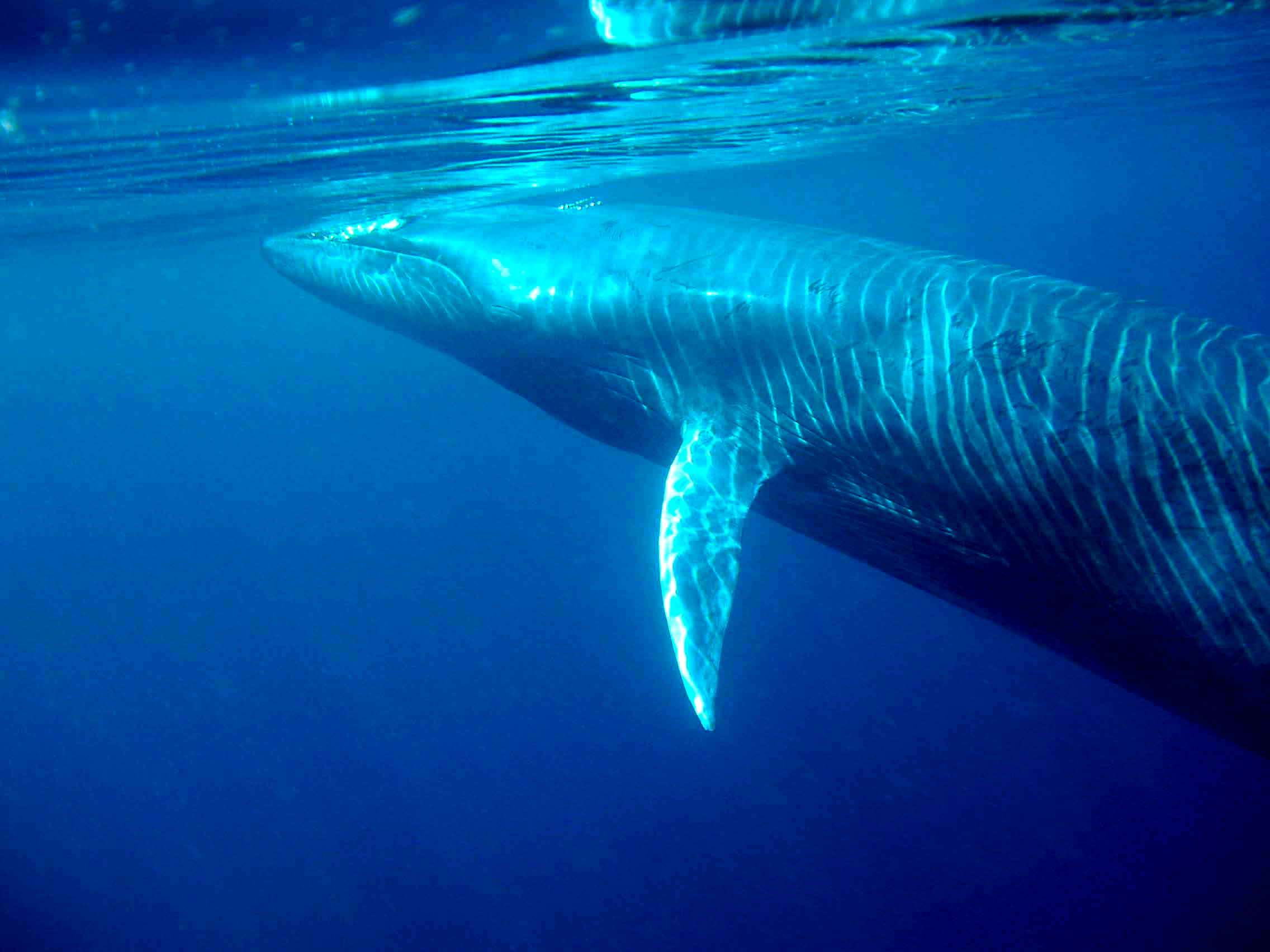
Furthermore, technology akin to human fitness trackers is being adapted to study whale heart rates more reliably, offering a window into how these majestic creatures cope with the stresses of their environment. Such knowledge could be instrumental in protecting them from threats like naval sonar, which has been linked to mass strandings.
Relevant articles:
– Strange and Unbelievable Facts About Shrews, Cool Green Science
– Listen to the heartbeat of the largest animal to have ever lived, Vox
– 10 Amazing Animal Heart Facts, NC State University
